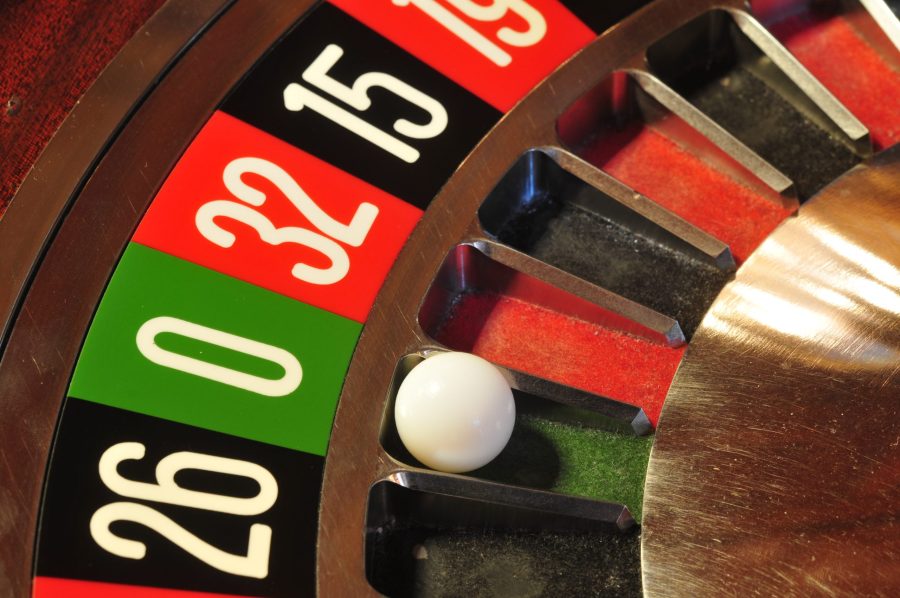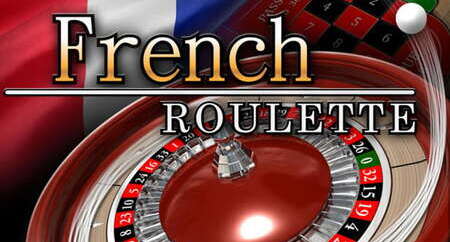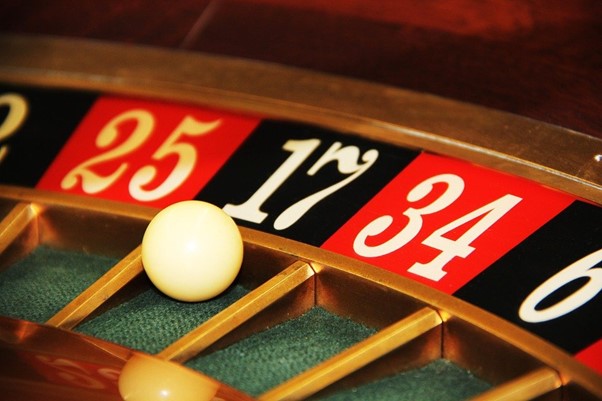Martingale Strategy in Roulette: A Complete Guide to Doubling Down

Discover the art of the Martingale roulette betting strategy, a method that has intrigued and divided gambling enthusiasts for centuries. This comprehensive guide explores why strategies are crucial in roulette, the variety of approaches available, and delves deep into the mechanics, benefits, and considerations of the Martingale strategy.
Why Strategies Are Needed in the Game of Roulette
Roulette, a game of chance with a rich history, presents players with a seemingly simple yet complex challenge. Strategies become indispensable as they offer a structured approach to this game, aiming to manage the player’s bankroll effectively and maximize the chances of leaving the table with a profit.
Understanding the odds and employing a strategy can make the difference between a game of blind luck and a calculated endeavor with measured risks.
What Types of Strategies Are There
Conservative vs. Aggressive Betting
In the realm of roulette strategies, approaches can broadly be categorized into conservative and aggressive betting. Conservative strategies favor small, regular wins, while aggressive strategies aim for large payouts at a higher risk.
Progressive Betting Systems
Progressive betting systems, such as the Martingale, involve adjusting bets based on previous outcomes, with the aim of recovering losses and gaining profits over time.
Non-Progressive Strategies
Non-progressive strategies advocate for maintaining a constant bet throughout the game, focusing on betting patterns and sector-based betting to hedge bets across the wheel.
Description of the Martingale Strategy
The Martingale strategy is one of the oldest betting systems in gambling, predicated on the principle of doubling down on your bet after every loss. The theory suggests that the first win would recover all previous losses plus win a profit equal to the original stake.
Application in Roulette
In roulette, the Martingale is particularly suited for bets that have nearly a 50% chance of winning, such as red or black, odd or even, and 1-18 or 19-36 bets.
Risk Management
While the Martingale offers a systematic approach to betting, it requires a significant bankroll to withstand potential consecutive losses, and awareness of the table’s minimum and maximum betting limits is crucial.
How It Works
The essence of the Martingale strategy is simplicity: start with a base stake and double the bet after each loss. Once you win, you return to the initial bet size. This cycle is repeated throughout the gaming session.
The strategy demands discipline and a clear exit strategy to mitigate the risk of rapid bankroll depletion.

Tips for Beginners
Beginners are advised to start with the minimum table bet to extend the potential sequence of bets. Setting a loss limit and a profit goal before playing can help maintain discipline and prevent the common pitfall of chasing losses.
Understanding the Table Limits
Players should be aware of the table’s betting limits, as these constraints can hinder the ability to continue doubling bets after several losses, which is a critical component of the Martingale strategy.
How It Showed Itself in Examples
Historically, the Martingale strategy has provided mixed results. There are tales of spectacular successes, where players have dramatically recovered from a series of losses to leave with significant profits. Conversely, there are cautionary tales of players who have hit the table limit or exhausted their bankroll without recovering their losses.
Ultimately, the Martingale strategy exemplifies the high-risk, high-reward nature of roulette betting, emphasizing the importance of strategic planning and risk management in gambling.




